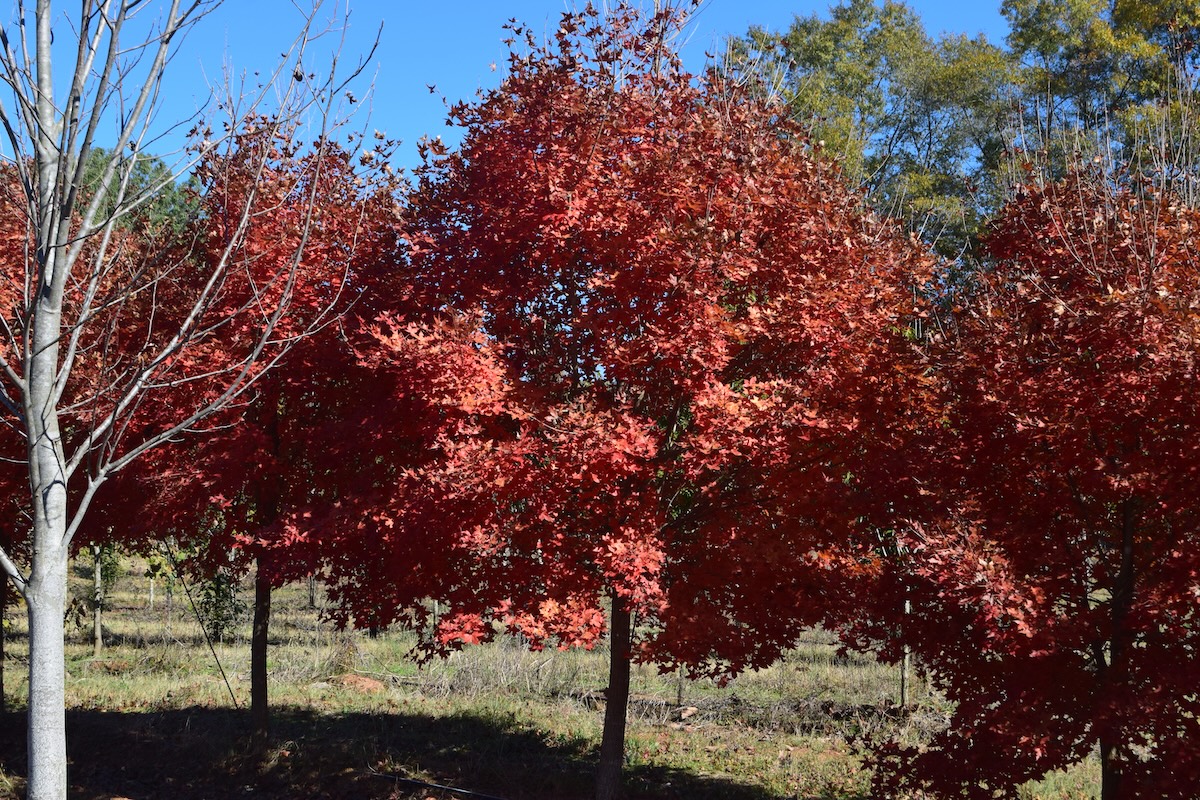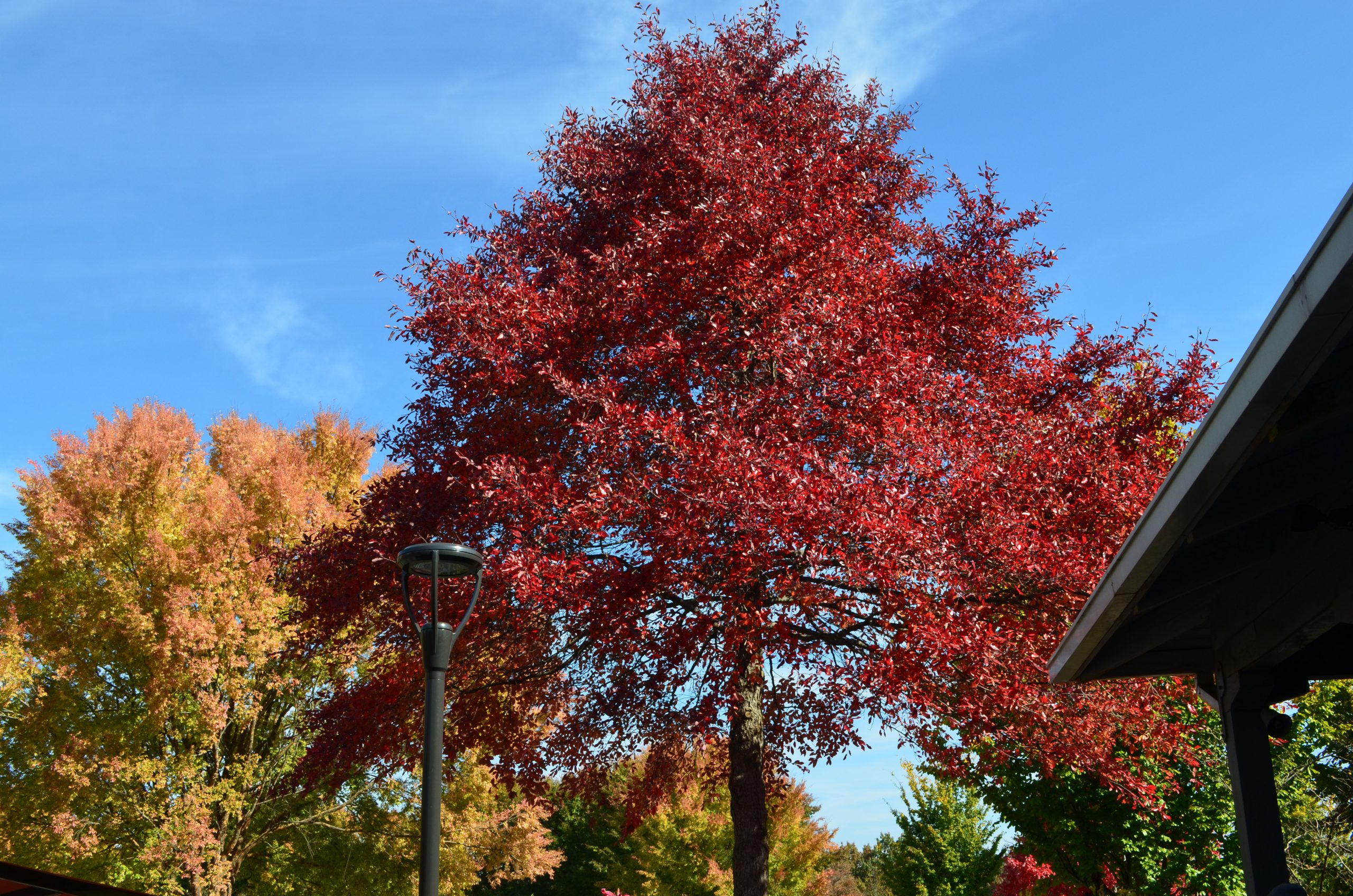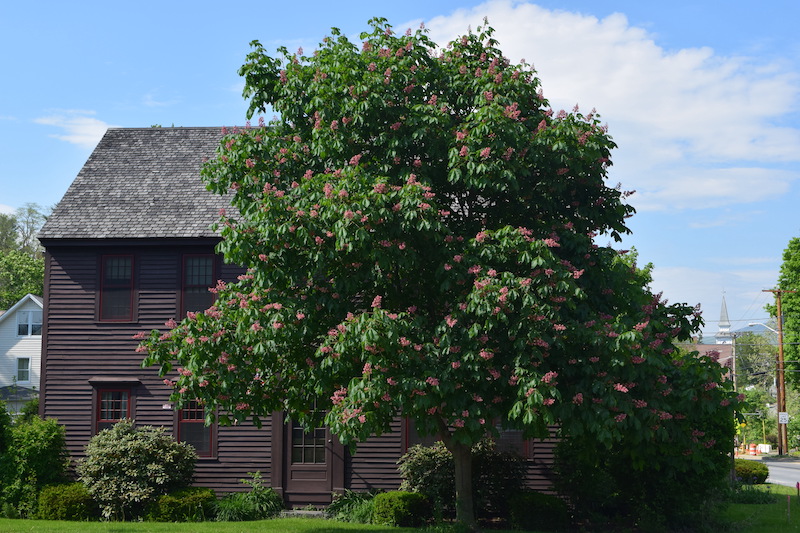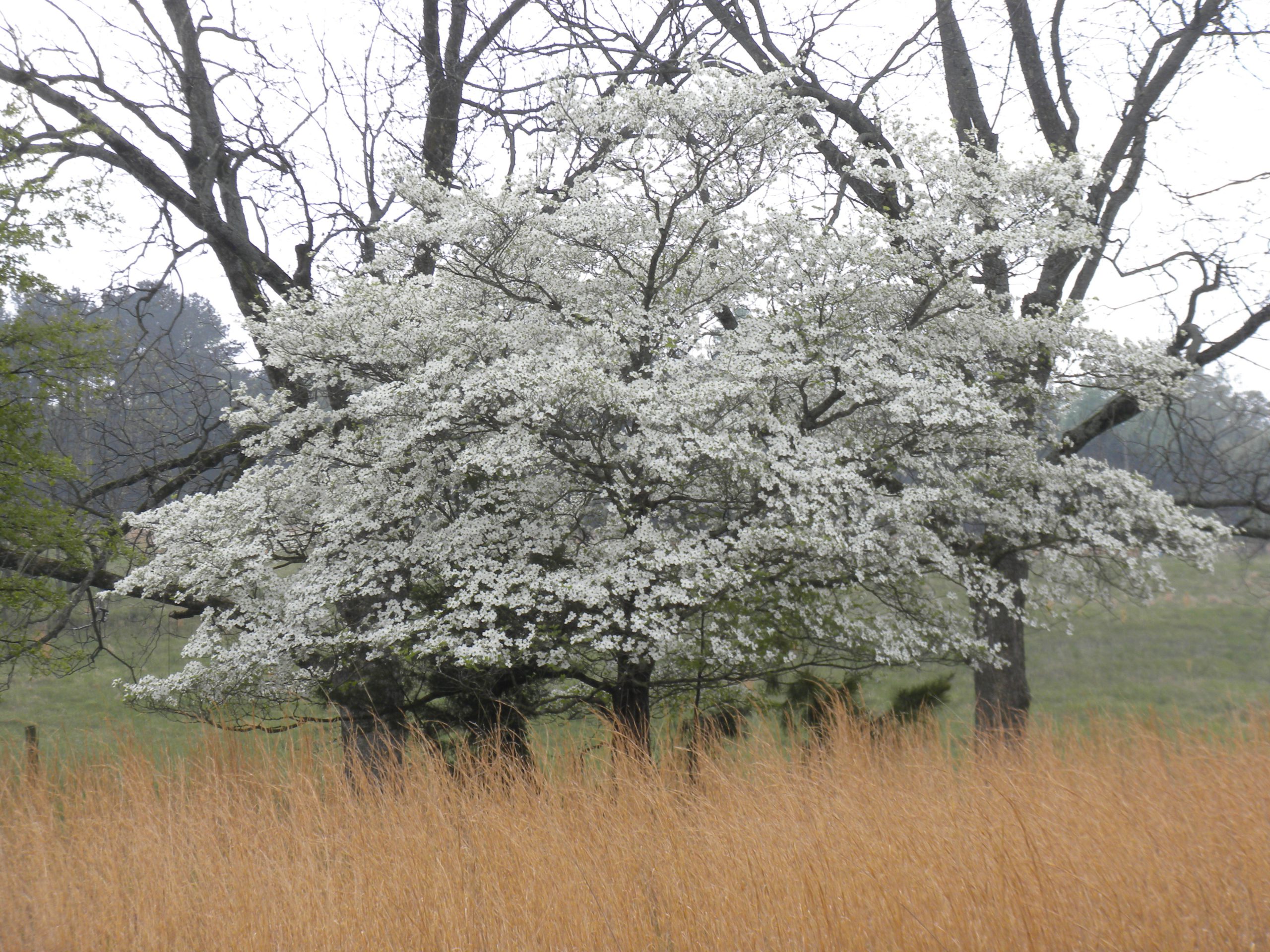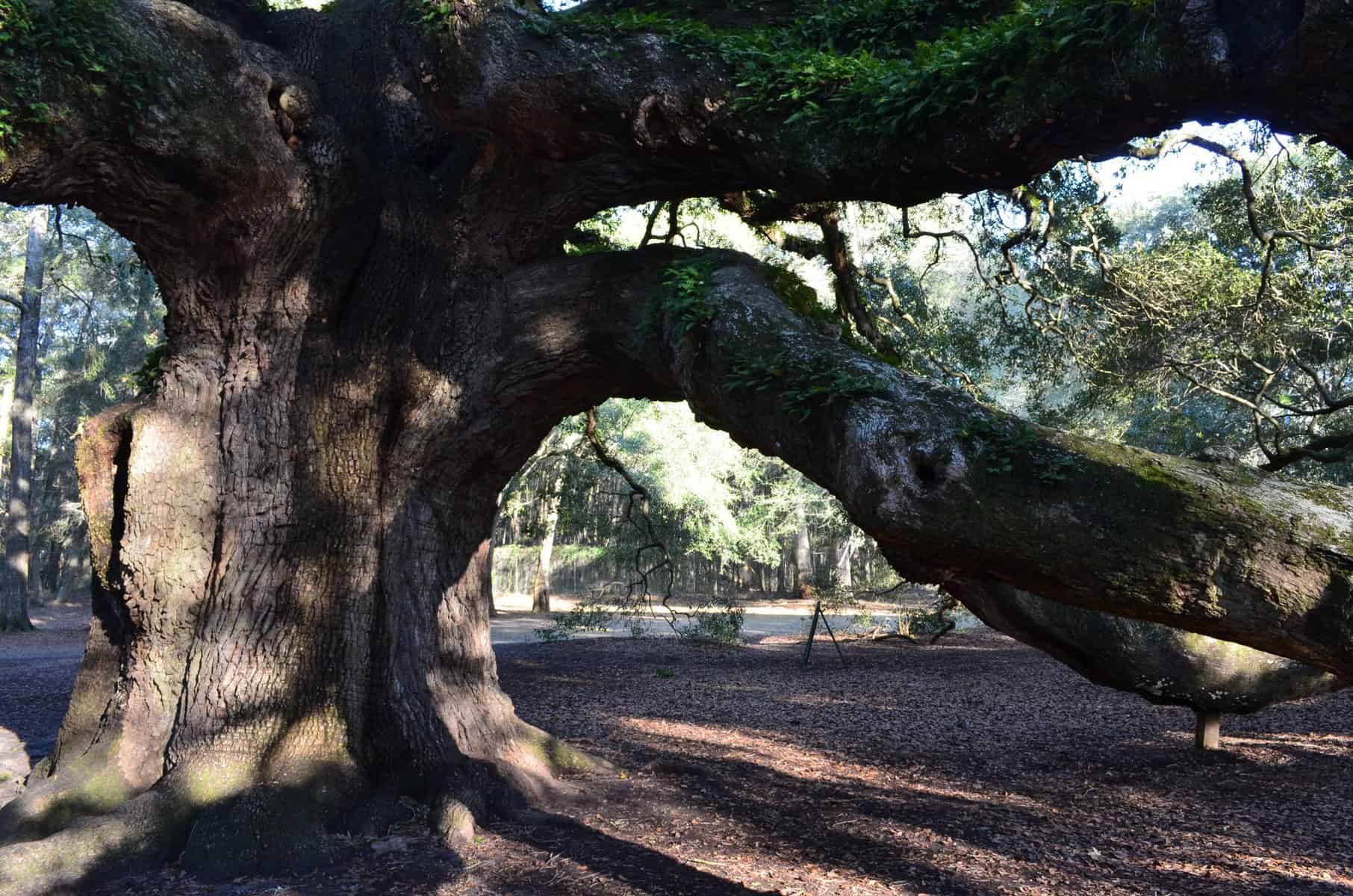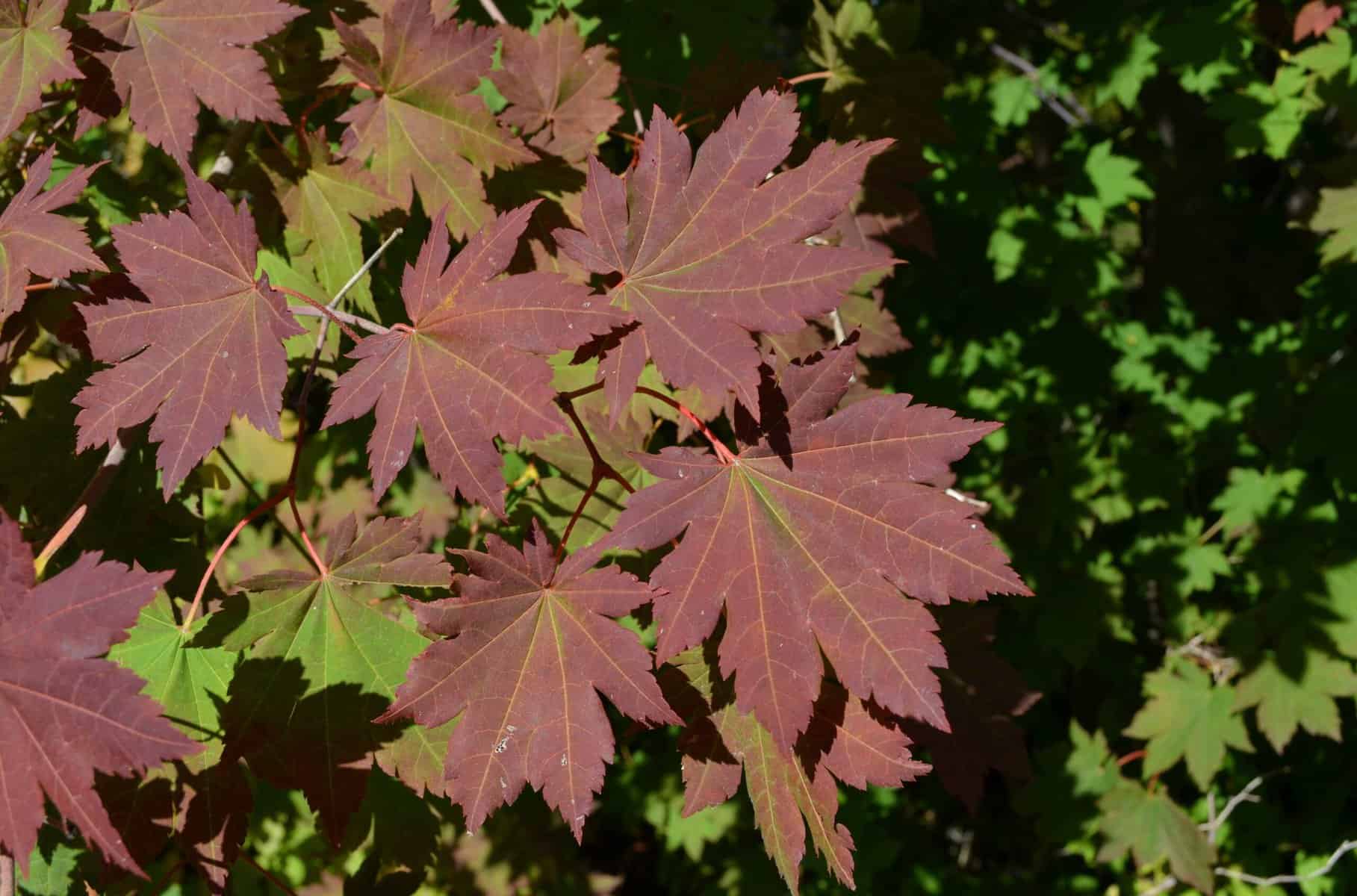
Certainly, easy to become monochromatic about small maples when Acer palmatum and the numerous cultivars are readily available via garden centers and mail order sources. Why look further? Well, if you live in the zone 3 to 5 regions of the U.S., then Japanese maple culture is challenging, if not impossible. Enter, Acer pseudosieboldianum, Korean maple, native to Korea, northern China and the Russian Far East, easily adapted to zone 3, -30 to -40F. I observed trees, multi-stemmed in habit, on the University of Maine campus, Orono. The literature points to successful culture in North Dakota where the cultivar, ‘Northern Spotlight’, originated and was introduced. I asked my coauthor of THE TREE BOOK, Keith Warren, about the species scarcity in commerce, considering its hardiness. When he worked at J. Frank Schmidt Nursery, OR, Keith tried to develop a selection with uniform habit and non-splaying branches. To date, no success, and the work toward a better cultivar continues. Iseli Nursey, OR, recently introduced three hybrids between A. palmatum and A. pseudosieboldianum. They are listed in the cultivar section. Doubtfully will they be as cold hardy as the Korean species.
Little is known about performance in the heat and I had serious doubts until witnessing a 15’ high tree in the garden of Coach Vince Dooley, Athens, GA. The tree was in rich yellow-orange-red fall color in November (see photo) when I visited. I remember telling Coach I had doubts about performance in the zone 8 climate. I asked Dr. Dave Creech, Mast Arboretum, Nacogdoches, TX (zone 8/9) about experiences with the species. He mentioned it was tremendously successful. Here is a tree with north to south adaptability in any soil except wet.
Korean maple is often a multi-stemmed, bushy tree, 15 to 25’ high and wide. No doubt, it would need staking and pruning to develop a central leader. The medium green leaves, 3 to 4” diameter, are composed of 9 to 11 (13) lobes, with narrow sinuses cut half way to the base. A reliable foliage identification characteristic is the pubescence in the axils of the veins on the lower side of the leaf. Every tree I observed in the fall showed excellent fall color in various shades of yellow, orange, and red.
I collected seeds from Coach Dooley’s tree last November and, after 60 days cold moist stratification, ~12 healthy seedlings have germinated. Peering into the future, I was so excited, I purchased a pound of seed from Sheffield Seed, NY. The folly of my action is the number of seeds per pound, ~10,260. Have half in cold most stratification and am already thinking about space.
Cultivars: Recently read an article in Yankee Magazine that quoted Dennis Mareb, Windy Hill Nursery, Great Barrington, MA, extolling the virtues of ‘Ice Dragon’, a hybrid, for New Englanders who want to grow Acer palmatum, but cannot. Other hybrids include ‘Arctic Jade’, ‘Northern Glow’, and ‘Northwind’. All are in the 20’ by 20’ size category and offer orange-red fall color. ‘Northern Spotlight’ is a true A. pseudosieboldianum with proven hardiness in North Dakota to -40F.
I believe this rare maple will achieve commonality in the northern tier of States and Canada as new cultivars are developed. There are too many excellent traits to keep it in the shadows. Anyone wanting a few seeds, please email me at mi*****@ao*.com with an address and I will try to accommodate with a small packet. I am hoping to spread the wealth.
Certainly, easy to become monochromatic about small maples when Acer palmatum and the numerous cultivars are readily available via garden centers and mail order sources. Why look further? Well, if you live in the zone 3 to 5 regions of the U.S., then Japanese maple culture is challenging, if not impossible. Enter, Acer pseudosieboldianum, Korean maple, native to Korea, northern China and the Russian Far East, easily adapted to zone 3, -30 to -40F. I observed trees, multi-stemmed in habit, on the University of Maine campus, Orono. The literature points to successful culture in North Dakota where the cultivar, ‘Northern Spotlight’, originated and was introduced. I asked my coauthor of THE TREE BOOK, Keith Warren, about the species scarcity in commerce, considering its hardiness. When he worked at J. Frank Schmidt Nursery, OR, Keith tried to develop a selection with uniform habit and non-splaying branches. To date, no success, and the work toward a better cultivar continues. Iseli Nursey, OR, recently introduced three hybrids between A. palmatum and A. pseudosieboldianum. They are listed in the cultivar section. Doubtfully will they be as cold hardy as the Korean species.
Little is known about performance in the heat and I had serious doubts until witnessing a 15’ high tree in the garden of Coach Vince Dooley, Athens, GA. The tree was in rich yellow-orange-red fall color in November (see photo) when I visited. I remember telling Coach I had doubts about performance in the zone 8 climate. I asked Dr. Dave Creech, Mast Arboretum, Nacogdoches, TX (zone 8/9) about experiences with the species. He mentioned it was tremendously successful. Here is a tree with north to south adaptability in any soil except wet.
Korean maple is often a multi-stemmed, bushy tree, 15 to 25’ high and wide. No doubt, it would need staking and pruning to develop a central leader. The medium green leaves, 3 to 4” diameter, are composed of 9 to 11 (13) lobes, with narrow sinuses cut half way to the base. A reliable foliage identification characteristic is the pubescence in the axils of the veins on the lower side of the leaf. Every tree I observed in the fall showed excellent fall color in various shades of yellow, orange, and red.
I collected seeds from Coach Dooley’s tree last November and, after 60 days cold moist stratification, ~12 healthy seedlings have germinated. Peering into the future, I was so excited, I purchased a pound of seed from Sheffield Seed, NY. The folly of my action is the number of seeds per pound, ~10,260. Have half in cold most stratification and am already thinking about space.
Cultivars: Recently read an article in Yankee Magazine that quoted Dennis Mareb, Windy Hill Nursery, Great Barrington, MA, extolling the virtues of ‘Ice Dragon’, a hybrid, for New Englanders who want to grow Acer palmatum, but cannot. Other hybrids include ‘Arctic Jade’, ‘Northern Glow’, and ‘Northwind’. All are in the 20’ by 20’ size category and offer orange-red fall color. ‘Northern Spotlight’ is a true A. pseudosieboldianum with proven hardiness in North Dakota to -40F.
I believe this rare maple will achieve commonality in the northern tier of States and Canada as new cultivars are developed. There are too many excellent traits to keep it in the shadows. Anyone wanting a few seeds, please email me at mi*****@ao*.com with an address and I will try to accommodate with a small packet. I am hoping to spread the wealth.

